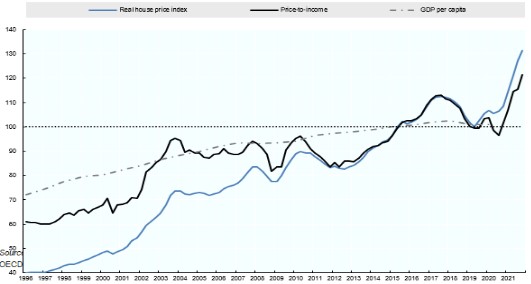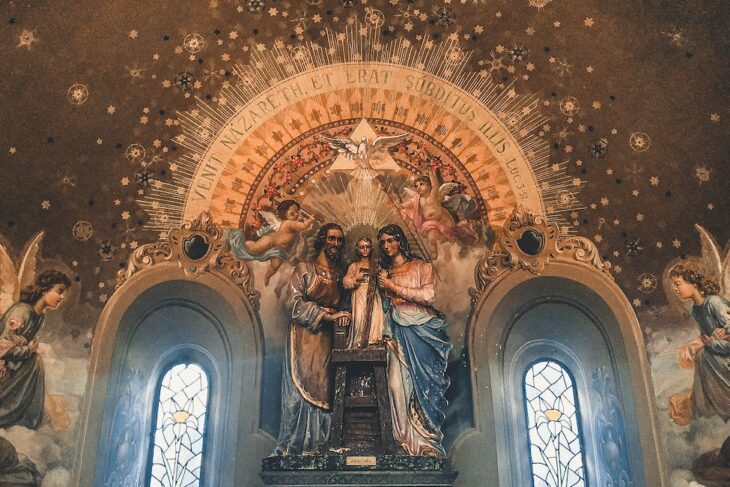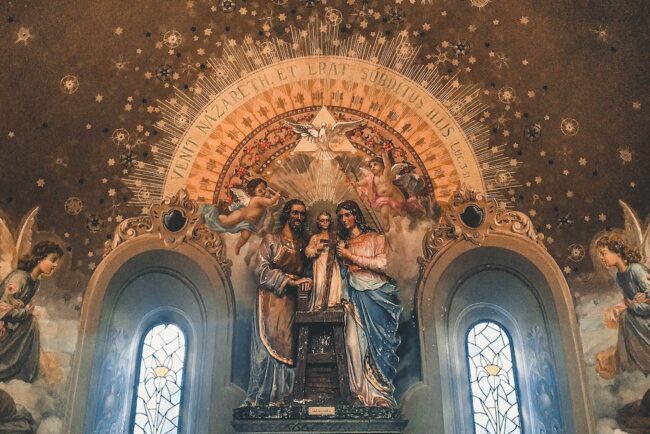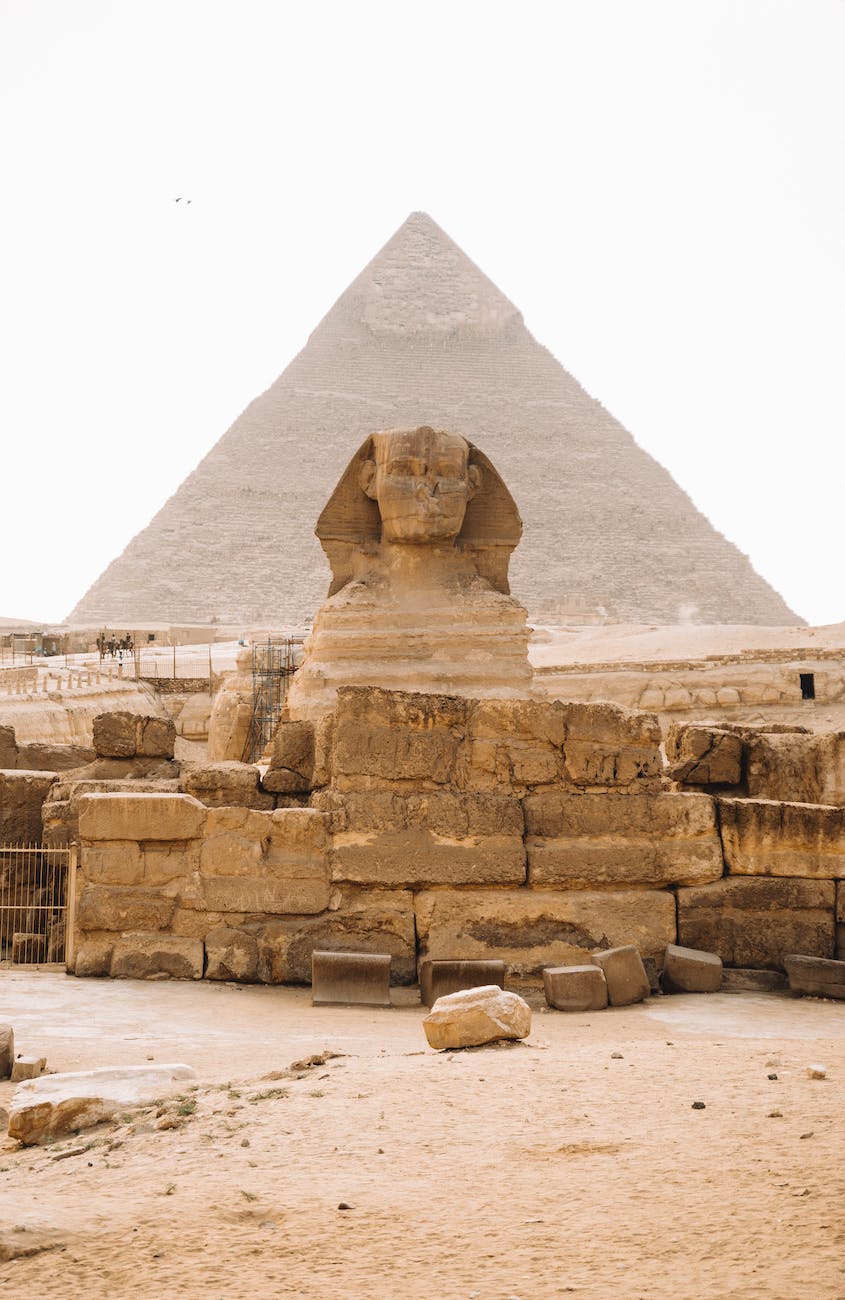
The Hymn to Osiris on the Stela of King Amenmose immediately tells the reader that Osiris as the “lord of eternity” is the god of the underworld.[1] This is because he is “secret of forms”, and the two qualities of timelessness and formlessness are suggestive of the state of death.[2] “Those in the netherworld do obeisance” and he is venerated by tomb owners and ancestors.[3] Foreigners, the reader is informed, view him with some fear.[4] The Egyptian conception of death differs from their neighbours, and what happens to a foreigner when they die is different from the place where an Egyptian goes to. Osiris is a funerary god, which mixes fear and love together, bitter sweet tinges for the living in their attitudes toward him.
Understanding The Hymn to Osiris
He is also titled “king of the gods” and has the “ba of Re”, both of which place him in the most central aspect of the Egyptian pantheon of gods.[5] If Re is the supreme sun god and Osiris has the soul qualities of Re, it infers his status as that king of gods. Osiris establishes cosmic order on both sides of the Nile River, and/or both in the land of the living and in the netherworld.[6] Osiris’s link to the kingship of Egypt is through placing his son Horus “on the seat of the father”.[7] Hart informs readers that there is a strong association between Osiris and the monarchy dating back to the Old Kingdom.[8] Upon the death of a monarch, he becomes Osiris, “King of Duat”. The texts decorating the last pyramid built in Dynasty V and those built in Dynasty VI, refer to the dead king as “Osiris Unas” or “Osiris Pepi”. This transfiguration of the dead king is an essential part of the understanding of the Osiris/Horus myth and its link to the cyclical rejuvenating nature of the Egyptian monarchy. Hart points to an ambivalence in the attitude toward Osiris as god of the underworld, with Re not wanting to hand over the dead king, as representative of the divide between the living and the dead.[9] There remains conflicting cultural attitudes toward death and thus toward Osiris; calling him “Wennefer” as a euphemism, which disguises the decay of death, is an example of this.[10] The identification of the ‘mortality’ of the Egyptian gods by Hornung, is particularly fascinating in light of the comparison with the immortality of the Greek gods.[11] Osiris’s death at the hands of his brother Seth is the most visible example of the limitations placed, even on the gods, by the Egyptians.
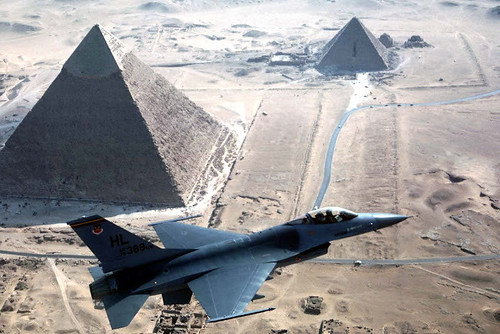
The hymn also informs the reader that Osiris is a “Primeval god of the Two Lands”, which makes him one of the earliest deities and universal to both upper and lower Egypt.[12] The numerous geographically orientated epithets like “foremost one of Busiris”, “Great of possessions in Letopolis”, and “ “Holy one in Memphis” provide further evidence for this universality of his cult places.[13] Hart informs readers that Osiris absorbed many other deities and this was how he incurred so many epithets like these.[14] “Lord of praise in Anedjt” is an example of this, with his absorption of the local god Andjety. Osiris as “Chief of the Ennead” is declared the most important of the nine deities who make up this ‘pesedjet’.[15] He is a formless god, an “efficacious spirit” who is intrinsically involved in the why and wherewithal of how things grow, as in the movement of the planets and the seasons.[16] His place as the eldest child of Geb the earth god and Nun the night sky goddess confirms his integral place within the ennead. His status as “Perfect of provisions and food” communicates his importance as a vegetative god in an agrarian culture.[17] Hart informs readers that Osiris’s role as god of grain is not a primal aspect, but emerged through his association with death and rebirth through his son Horus. This mirrors the changing seasons, with winter Osiris’s death and spring Horus’s rising for the crops to be harvested once more.[18] This resurrected aspect of Osiris, also reflects Re’s daily rising, “Like Re when he rises in the horizon”.[19] Repetition of the solar theme reinforces Osiris’s importance as a major deity.
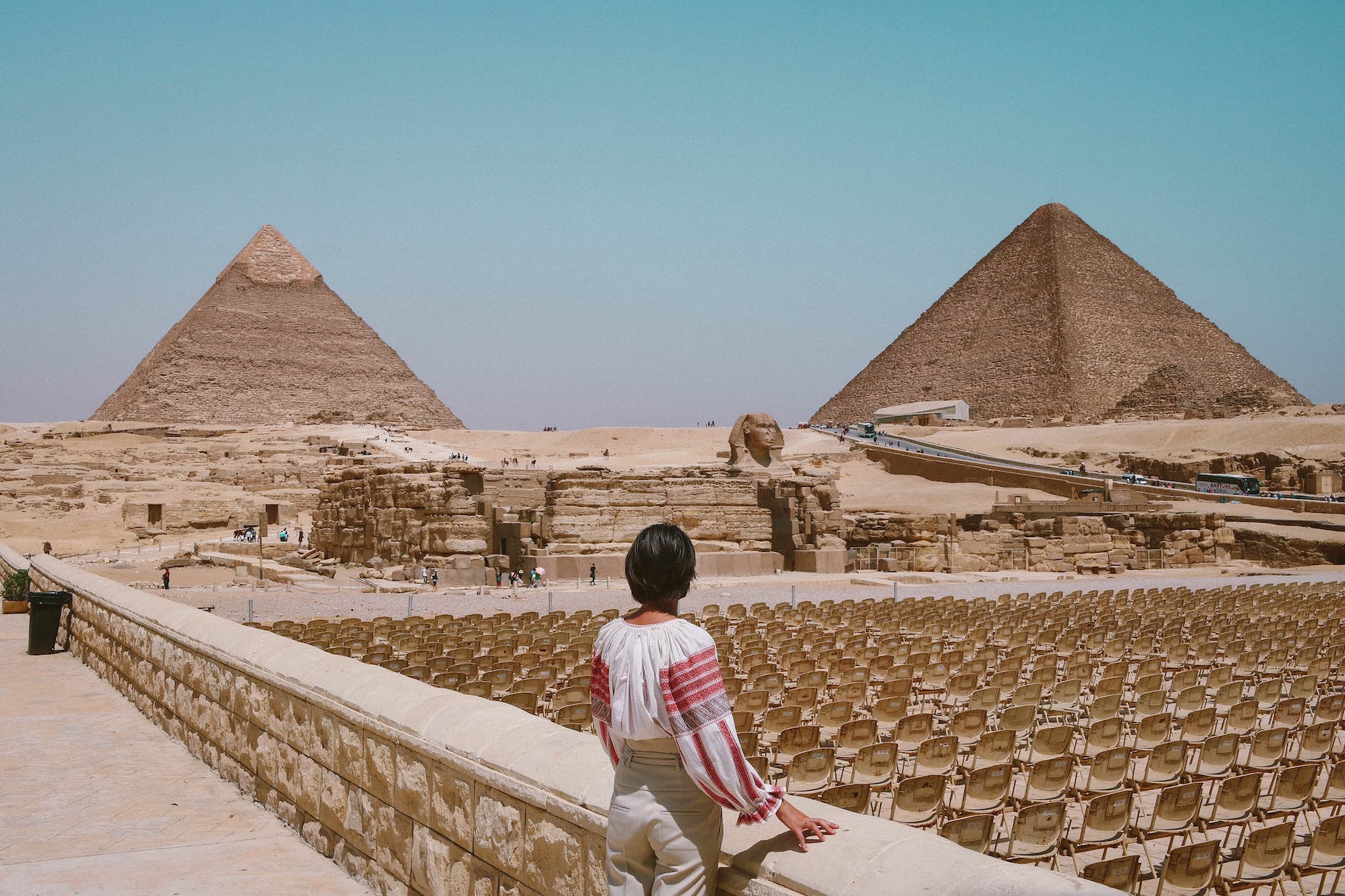
The Osiris and Isis relationship, brother and sister, father and mother of Horus is emphasised strongly within this particular hymn. Isis is the “Protectress of her brother”, and who “suckled” Horus and helped make him strong.[20] The relationship between Osiris/Horus and the office of Pharaoh is stressed repeatedly throughout the hymn.[21] The cosmic order, ‘maat’, is re-established through the rightful succession of the son of Osiris to the throne. Horus avenges his father’s death upon Seth, and Geb presents control of both upper and lower Egypt to Horus. Assmann informs readers that there are a variety of narratives pertaining to the Horus and Seth conflict. A torn out eye and ripped off testicles occur in one version, whereas a court case with Geb awarding Egypt to Horus and both parties leaving in a state of accord, concludes another.[22] The hymn concludes with this cosmic order having been re-established in the “hall of Geb”.[23]
© Robert Hamilton
BIBLIOGRAPHY
Assmann, Jan, The Search for God in Ancient Egypt, Cornell University Press, Ithaca & London, 2001.
Hart, George, The Routledge Dictionary of Egyptian Gods and Goddesses, 2nd ed, Routledge, London & New York, 2005.
Horning, Erik, Conceptions of God in Ancient Egypt, Cornell University Press, Ithaca & New York, 1982.
Ockinga, B. G, (ed.) Ancient Egyptian Religion: An Anthology of Primary Sources (Macquarie University OUA AHIX801, 2016
[1] Text 8 (Stela of Amenmose: Hymn to Osiris) in B. G. Ockinga (ed.) Ancient Egyptian Religion: An Anthology of Primary Sources (Macquarie University OUA AHIX801, 2016). Line 1
[2] Ibid. Line 3.
[3] Ibid. Line 36.
[4] Ibid. Line 38.
[5] Ibid. Lines 1 & 11.
[6] Ibid. Line 51.
[7] Ibid. Line 52.
[8] George, Hart, The Routledge Dictionary of Egyptian Gods and Goddesses, 2nd ed, Routledge, London & New York, 2005. pp – 116-117.
[9] Ibid. p -117.
[10] Ibid. p -118.
Text 8 (Stela of Amenmose: Hymn to Osiris), op. cit. Line 145.
[11] Erik, Horning, Conceptions of God in Ancient Egypt, Cornell University Press, Ithaca & New York, 1982, pp – 150-158.
[12] Text 8 (Stela of Amenmose: Hymn to Osiris), op. cit. Line 20.
[13] Ibid. Lines 4, 5 & 10.
George, Hart, op. cit. pp – 122.
[14] Ibid. pp – 115-116.
[15] Ibid. Line 22.
[16] Ibid. Lines 27, 34.
[17] Ibid. Line 21.
[18] Hart, George, op. cit. P – 119.
[19] Text 8 (Stela of Amenmose: Hymn to Osiris), op. cit. Lines 70 & 71.
[20] Ibid. Lines 87, 96 & 98.
[21] Ibid. Lines 105-115.
[22] Jan, Assmann, The Search for God in Ancient Egypt, Cornell University Press, Ithaca & London, 2001. pp -134-135.
[23] Text 8 (Stela of Amenmose: Hymn to Osiris), op. cit. Line 148.



